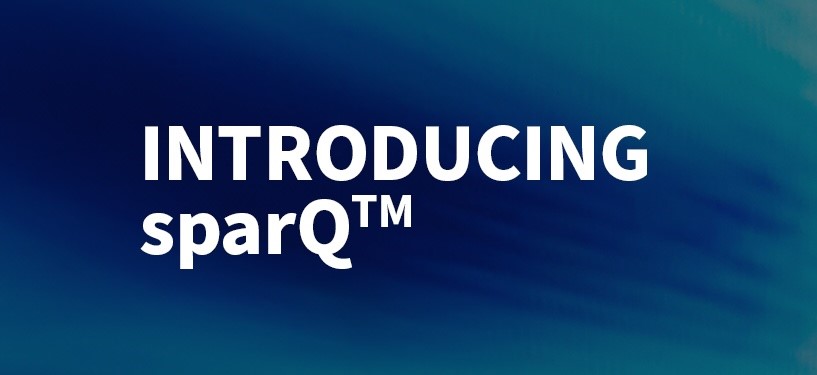This piece by Steph Mccabe originally appeared on the JazzHR notes blog.
___
The success of your organization depends on the employees who come into the office every day to put their skills and experience to work. The quality of your products and services is determined, in part, by the quality of your hires. This sentiment applies to the level of diversity in your staff, as well. Diverse hiring practices ultimately lead to a higher level of representation at your organization.
Diversity hiring is so much more than compliance with government regulation. Ultimately, the goal of diverse hiring is to recognize and remove biases from your recruiting pipeline.
Understand why representation matters
Diversity in business not only promotes equality among people of all ethnicities, social backgrounds, ages and abilities, but also brings a number of tangible benefits to an organization.
According to workforce development expert Glenn Llopis, writing in Forbes magazine, diversity and inclusion efforts generate additional opportunities for success across the business. For example, Llopis noted that a diverse workforce embraces diversity of thought, generating a higher probability of creative, innovative ideas, thus driving the organization’s competitive advantage.
Further, a representative workforce can improve operations, strategy and revenue by developing a broader knowledge base from which new cultural and business insights can emerge. Hiring candidates from different backgrounds gives an organization the ability to better adapt to changing markets, technologies and cultural landscapes.
Identify hiring diversity metrics
Completely overhauling your recruiting pipeline to increase diversity in the workplace is a huge undertaking. Tackling representation challenges one metric at a time is much more manageable. To gain insight into which diversity challenges require immediate action, consider conducting a diversity audit of your hiring practices. From there, you can develop a strategy for improving representation.
For example, let’s say less than 10 percent of your sales team is female. To gain a better understanding of why this disparity occurs, you can simply follow the recruiting funnel back to the top. Are female candidates applying but not getting interviewed? Or are female candidates not applying in the first place?
Once you identify which part of the funnel is limiting diverse hires, you can take steps to correct the issue. Then, using reports from your recruiting software, you can track this metric over time to monitor progress toward your representation goals.
Improve the candidate experience
Taking steps to improve how potential candidates view your organization can increase the number of applicants you receive. A broader candidate pool increases the likelihood of more representation.
Leverage the reports in your software to track candidate satisfaction levels, quality of recruiting sources and first-year attrition rates to determine where improvements can be made. By doing so, you can speed up the recruitment funnel and place qualified candidates faster and more efficiently.
Remember:
- Company leaders can deeply influence minority representation – and it’s best when minorities are represented in leadership.
- You can make efforts to improve your diversity metrics and provide pathways for diversity at top positions.
- The candidate experience is ground zero for better representation.



